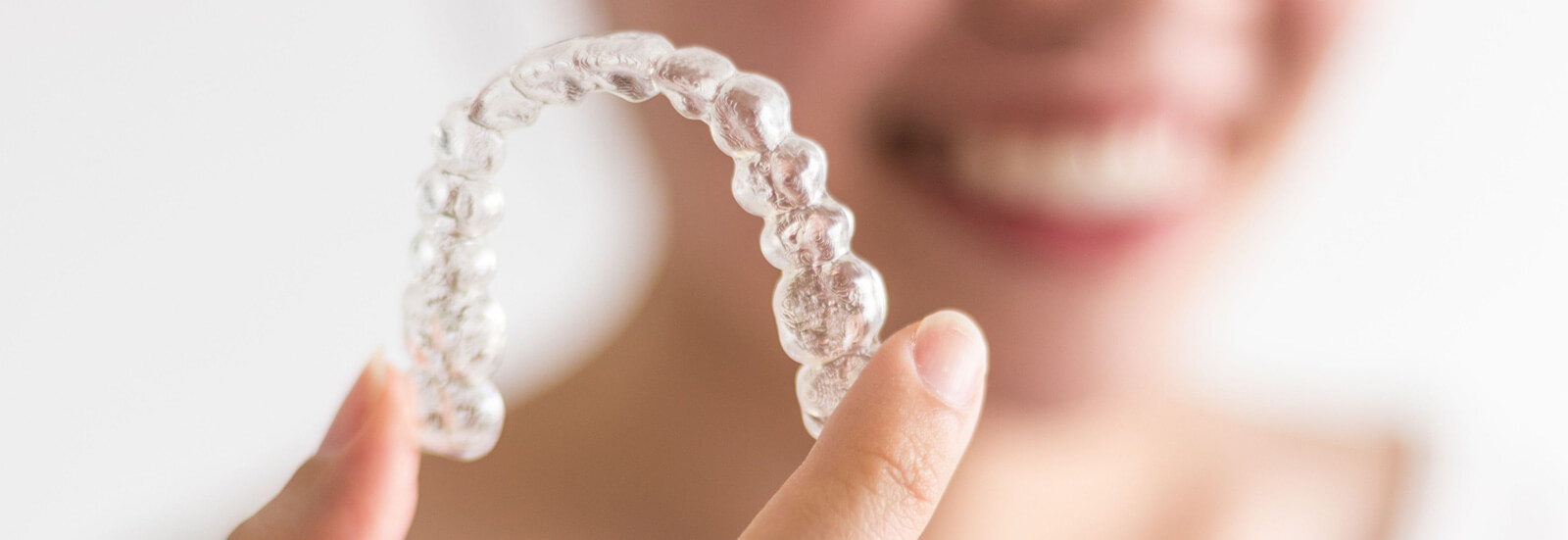Braces. They’re essentially a right of passage, something most kids need (and nowadays even WANT!) at one point or another. But they can have their challenges. Straightening out a crooked smile has lots of benefits. Braces give you a healthier mouth and a prettier smile. They help correct bite issues and make room for developing adult teeth. Even so, there can still be some discomfort involved to get that beautiful smile.
One of the hardest parts? You may find that you develop a mouth ulcer or sores, especially when orthodontic work is new or has been recently adjusted by your orthodontist. The metal of your orthodontic devices may rub against the soft tissues in your mouth, causing irritation. If the irritation persists, you end up with mouth sores.
The good news is that this problem is usually temporary. These sores normally clear up by themselves in a week or two and should subside the longer you have your braces, as the insides of your mouth get used to the friction.
This doesn’t mean you are doomed to deal with weeks of pain due to a mouth ulcer, though. There are several solutions that can help alleviate the pain and discomfort while your mouth heals. Read on for a few helpful tips to alleviate the pain of mouth ulcers due to orthodontics and braces.
1. Use Dental Wax
One of the most recommended ways to help stop the friction that causes mouth ulcers is dental wax. This moldable miracle worker is a soft wax or silicone that can be pressed onto your braces, providing a smooth, non-abrasive surface next to the sore while it heals. The great thing about dental wax is that it is not only inexpensive (most orthodontists give it away for free) and widely available (almost every pharmacy carries it, look next to the floss), but that it is completely non-toxic.
This means that if a piece falls off, you can just put a new piece in and continue using it until your mouth is all healed up, with no worries about using too much. It’s also super easy to use. Take a small (pea size) amount of dental wax and roll it between your fingers to warm it up and help it soften. Once it’s nice and pliable, dry off the area you will be applying it to (as well as you can; this is inside your mouth, after all), and stick the wax on, smoothing it over the troublesome area…Voila! You’re done!
2. Keep it Clean With An Oral Rinse
So, now that you have a solution for the root source of the problem, what do you about the sores themselves? Your orthodontist may be able to prescribe you an oral rinse to help the sores heal, but if they don’t or you forget to ask, you can buy some at the pharmacy or even make your own.
There are two different kinds of oral rinses that you can make for yourself at home. They work in similar ways, by killing bacteria around the sore and aiding healing. The first is a hydrogen peroxide rinse. Peroxyl is one brand of this, and it is readily available at most drug stores (over the counter). Most stores also carry a generic version of this was well. Or you can mix one part hydrogen peroxide, one part water, and one part mouthwash to make your own.
Just swish around in your mouth for about thirty seconds and spit. Just don’t swallow. Hydrogen peroxide won’t hurt you, especially not at that level, but it still isn’t great for you. If peroxide isn’t your thing, you can use a saline rinse. Again, you can buy this over the counter, or just make it in your own kitchen.
To go the DIY route, simply mix 1/2 tsp of salt to a cup of warm water. Use the mix to rinse your mouth every few hours, again, being careful not to swallow. Hydrogen peroxide and salt are both antiseptic, helping to kill bad bacteria in your mouth and helping speed the healing of any ulcers present on the soft tissues of your mouth.
3. Keep It Comfortable With a Numbing Gel
If you still need relief from pain and discomfort even after the wax and rinsing, you may benefit from a numbing gel. These come under lots of brand names and are most commonly used to help babies and toddlers with teething pain. The active ingredient in most of these gels is benzocaine. See that ending? It’s -caine, the same os novocaine or lidocaine, and works in pretty much the same way, by blocking nerve signals and numbing the affected area.
It isn’t going to make the problem go away, but it will give you significant relief in the meantime, which may help speed healing by helping you not to fidget or tongue at the affected area.
4. Steer Clear of Acidic Foods
This one is a good idea when you have any kind of irritation in your mouth. Acidic foods, like citrus juice and tomato sauce (yep, even the kind on pizza) can cause a lot of pain and irritation to an already irritated area. Acidic foods actually cause very small damages to the inside of your mouth. Nothing serious, and nothing you don’t “recover” right away from, under normal circumstances.
But when you already have sores in your mouth, acidic foods can make the problem a lot worse, and even prolong the healing process. That doesn’t mean you have to add orange juice and pepperoni pizza to the “no-food” list while you have braces, but maybe cool it while your mouth is healing from new braces or recent adjustments.
What to do…
Mouth sores and ulcers are no fun. They can be uncomfortable or painful, and no one likes having to deal with mouth pain. The good news is that mouth sores are easy to deal with and quick to heal. Follow these tips and you’ll have a healthy, happy mouth in no time to match you healthy, happy smile! Contact us today for more information on orthodontics in one of our offices in Spartanburg, Duncan of Gaffney.!
Nease and Higginbotham Orthodontics
1785 E. Main Street
Duncan, SC 29334
Phone: (864) 579-7700
4 Things to Do With a Mouth Ulcer [While Wearing Braces]



